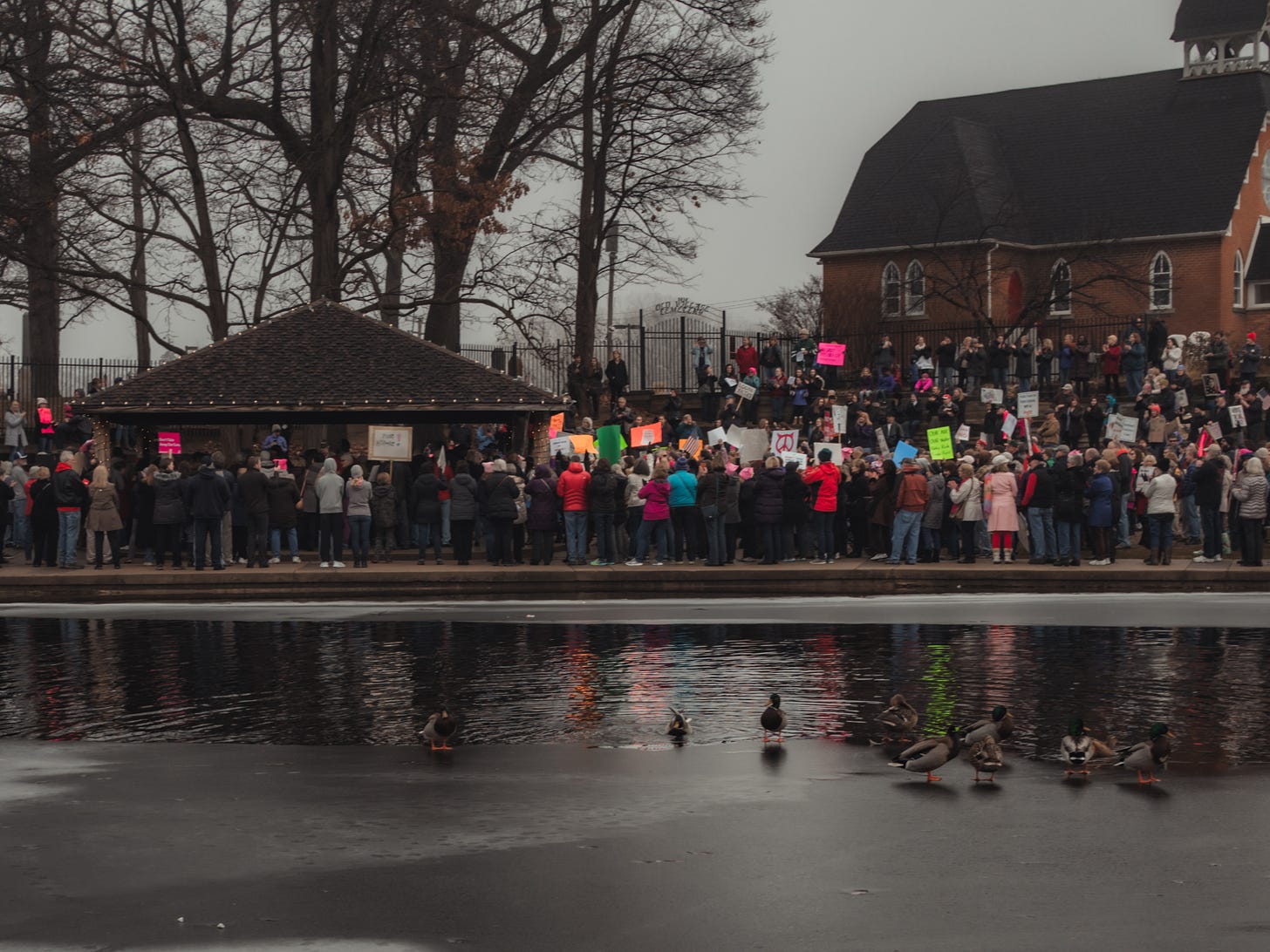Art, Fascism, and the Fragile Edge of Resistance
How Art Defies Oppression and Shapes the Future
History does not repeat itself, but it rhymes, as Mark Twain (perhaps apocryphally) suggested. Today, as we stand amid rising authoritarian tendencies, the echoes of past struggles hum beneath the surface, not as distant warnings but as living specters. I find myself returning often to the early 1940s—a moment when the world tilted on the axis of fascism, and yet, within the horror, art persisted. Artists did not merely bear witness; they resisted. They carved pockets of defiance into the fabric of oppression, creating worlds where truth could still breathe.
André Breton’s Arcanum 17 was written in exile, in the cold isolation of Quebec, while Nazi-occupied France lay behind him like a shattered dream. He gazed upon Percé Rock, a monolith standing in the Atlantic, and saw not just a geological formation but a lifeline—proof that something enduring could exist even in the midst of madness. Breton, a surrealist, had always embraced the unreal, but in exile, the unreal became something else: a refuge, a strategy, a way to counteract the violent distortions of fascist thought. “Everything leads me to believe that there exists a point of the mind at which life and death, the real and the imagined, past and future, the communicable and the incommunicable, cease to be perceived as contradictions,” he wrote. To embrace paradox was not an escape from reality, but a defiance of the crude simplifications that fascism demanded.
Chaplin understood this too. The Great Dictator remains one of the most audacious acts of cinematic resistance—a film that dared, in the very moment of fascism’s ascendancy, to laugh at it. Chaplin plays both Adenoid Hynkel, a grotesque parody of Hitler, and a Jewish barber, lost in the machinery of cruelty. The mistaken identity that drives the plot reveals a deep truth: under fascism, identity is not a thing you own but a thing assigned to you, manipulated, distorted. Chaplin, who had long resisted Hollywood’s transition to sound films, used his first true speech in cinema to deliver a message that still burns with urgency:
"Greed has poisoned men’s souls, has barricaded the world with hate, has goose-stepped us into misery and bloodshed... You, the people, have the power—the power to create machines, the power to create happiness! You, the people, have the power to make life free and beautiful, to make this life a wonderful adventure."
The backlash was swift. The FBI placed Chaplin under surveillance, his leftist sympathies turned into ammunition for his enemies. The same America that had once embraced his genius soon vilified him as a threat. By 1952, he was exiled, labeled an undesirable. Hoover and the House Un-American Activities Committee made an example of him: no matter how beloved, no matter how undeniable one’s artistry, dissent would not be tolerated.
This is the nature of reactionary power—it does not fear weapons so much as it fears those who shape perception, those who bend reality toward truth. It suppresses not only bodies but stories. It distorts language, recasts oppression as justice, portrays resistance as treason. As the Italian writer and Holocaust survivor Primo Levi warned, “Every age has its own fascism.” It is not confined to a single dictator or regime, but a method, a structure, a way of silencing, punishing, and erasing.
And yet, artists have always found ways to endure. In moments of crisis, we return to them—not just as spectators, but as inheritors of their defiance. Breton, staring at Percé Rock, refused despair. Chaplin, exiled, never recanted. Their works outlived the men who sought to silence them. James Baldwin understood this when he wrote, “Artists are here to disturb the peace.” Art does not coddle power; it unsettles it, disrupts it, exposes its absurdities. That is why, in every era of repression, artists are among the first to be targeted.
Today, as distortions of truth proliferate, as suppression finds new forms, we must hold fast to what they knew: art is not separate from struggle. It is not merely a mirror, reflecting injustice—it is a hammer, shaping new realities. As Bertolt Brecht reminds us, “Art is not a mirror held up to reality, but a hammer with which to shape it.”
And though history rhymes, it is never finished being written.
Image: A protest in Brighton, Michigan. Photograph by Eric S. Chapman.




